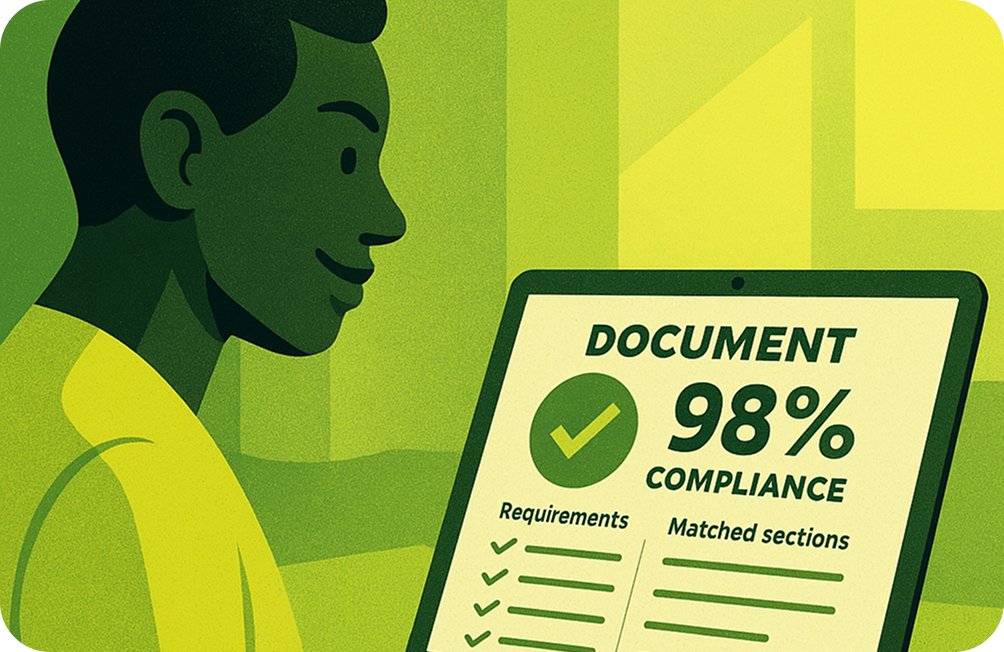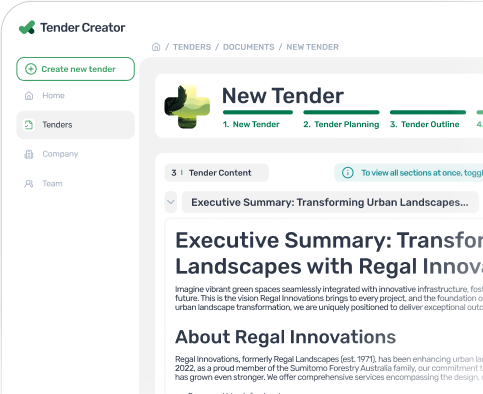Why Australian Tenders Fail: 3 Critical Reasons and Modern Solutions (2025)
Learn the 3 main reasons Australian tenders get rejected and how automation reduces compliance errors by 55%. Plus actionable tips to boost your win rate.

Learn the 3 main reasons Australian tenders get rejected and how automation reduces compliance errors by 55%. Plus actionable tips to boost your win rate.
In Australia's competitive procurement landscape, every tender submission matters. Yet industry research consistently reveals a troubling reality: a significant portion of bids submitted through platforms like AusTender never even make the shortlist. For procurement and bidding teams across Australia, understanding why tender submissions fail is crucial to developing winning strategies.
Below, we examine the three most critical pain points behind failed Australian tenders and reveal how leading procurement teams are transforming their success rates through strategic automation and personalisation.

Compliance errors represent the most frequent and most avoidable cause of tender rejection in Australian procurement. These regulatory missteps, typically stemming from inadequate data management and manual processes, create cascading problems: audit risks, reputational damage, and lost opportunities.
The Financial Impact: Global research by The Hackett Group and Gartner reveals that organisations relying on manual procurement processes lose 5-15% of total annual spend due to inefficiencies, missed discounts, and compliance gaps.

Generic, template-based tender responses are killing win rates across Australian SMBs. In 2025, evaluation panels expect bidders to demonstrate deep understanding of specific client challenges, not recycled, one-size-fits-all content.
The Personalisation Advantage: McKinsey research indicates that companies implementing advanced personalisation strategies achieve 5-15% average revenue increases. In tender contexts, personalised approaches deliver even more dramatic results with personalised business communications generating transaction rates up to 6× higher than generic alternatives.
Despite these compelling statistics, many Australian bid teams still default to template-heavy approaches to meet submission deadlines. This "copy-paste mentality" directly undermines competitive positioning and evaluation scoring.

Manual bid preparation remains surprisingly common across Australian bid teams, despite clear evidence of its inefficiency. The impacts extend far beyond simple time management, affecting submission quality, team morale, and competitive positioning.
The Cost of Manual Workflows:
Automation Success Metrics: Leading Australian bid teams implementing automation report:



What percentage of tenders fail in Australia? While exact failure rates vary by sector, industry research indicates that a significant majority of tender submissions don't progress beyond initial evaluation stages, primarily due to compliance issues, generic responses, and poor strategic positioning.
How can I improve my tender success rate? Focus on three key areas: implement automated compliance checking, develop client-specific responses rather than generic templates, and streamline workflows through technology adoption.
What are the most common tender compliance mistakes? The most frequent errors include incomplete documentation, failure to address all selection criteria, non-compliance with format requirements, and inadequate evidence of capability or experience.
How does automation help with Australian procurement rules? Automation systems can maintain current databases of Commonwealth Procurement Rules, state regulations, and industry standards, automatically checking submissions against these requirements and flagging potential issues before submission.
